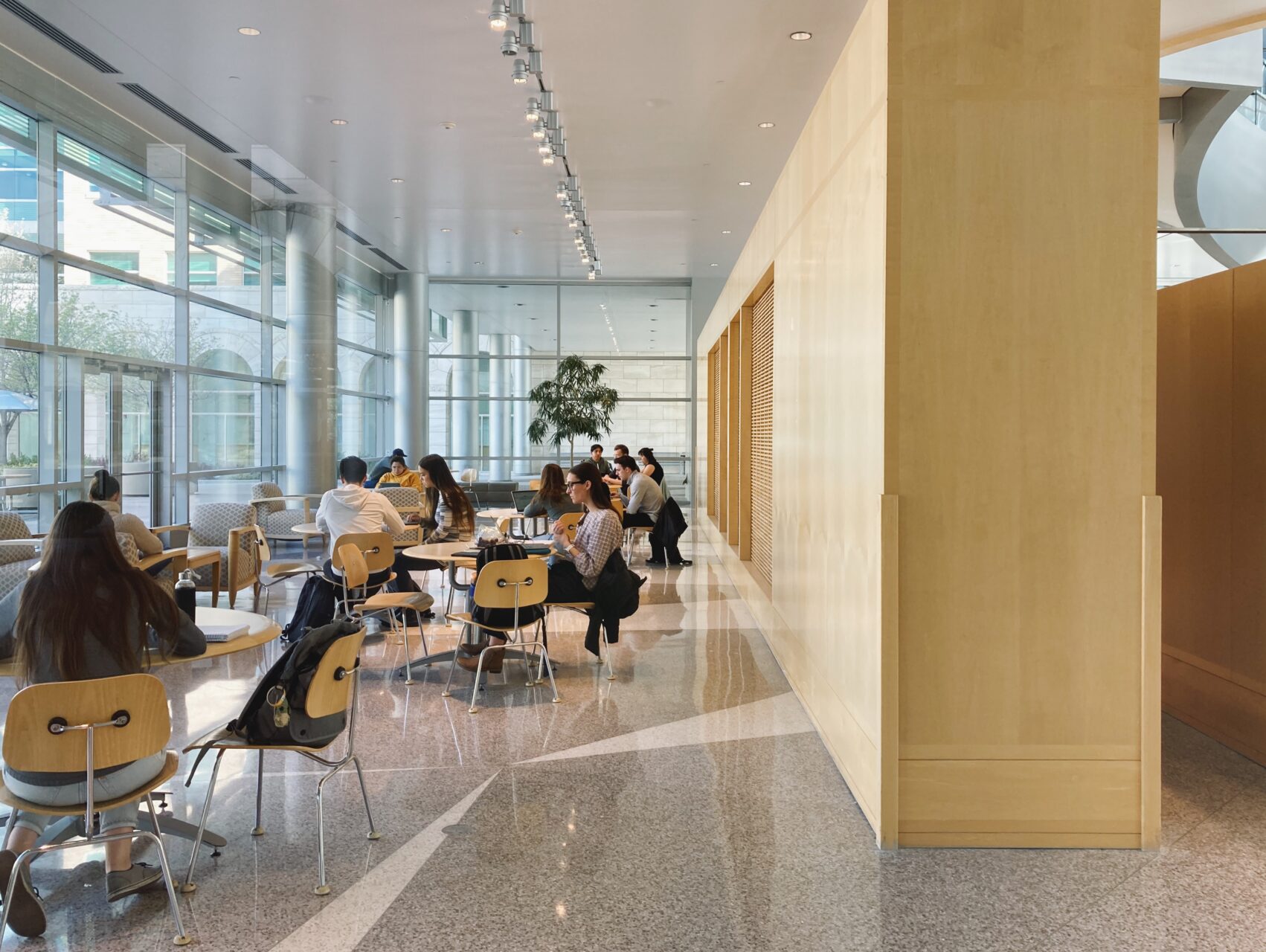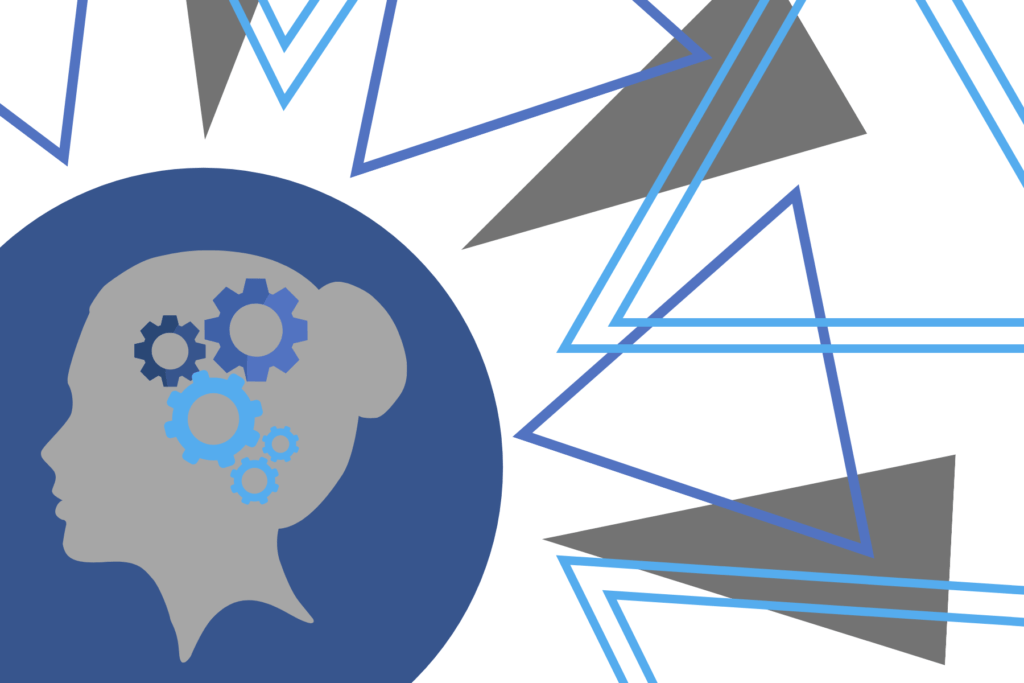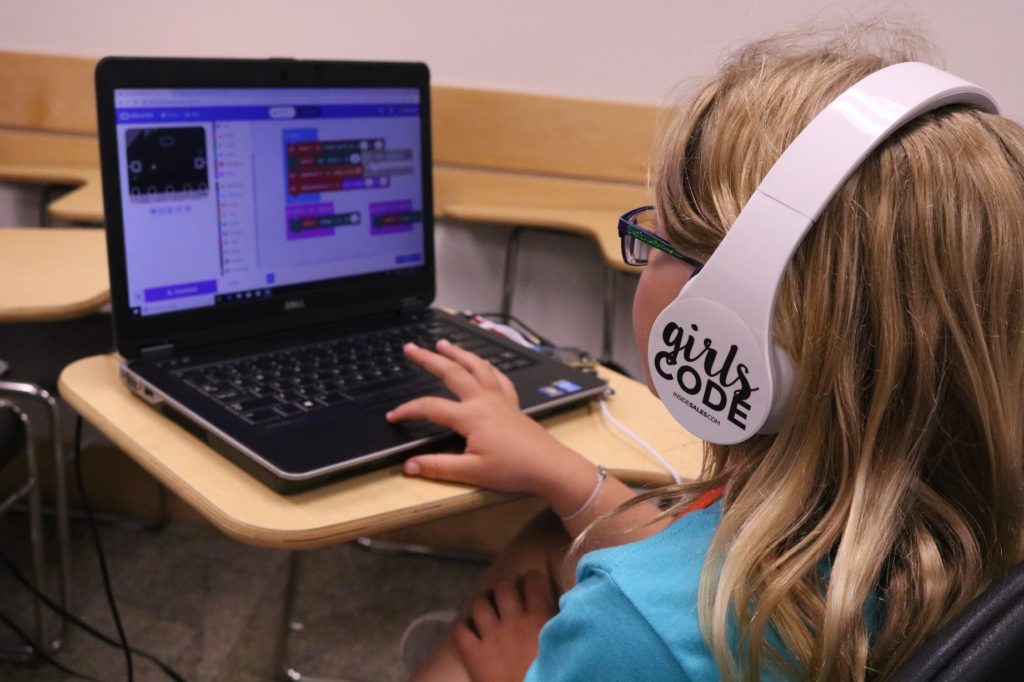
October is National ADHD Awareness Month. Students with ADHD who may struggle with the demands of university life as well as ADHD symptoms are not alone and have many resources available to help.
There are two parts to ADHD: attention deficits and hyperactivity. People with ADHD may have a combined presentation of symptoms or just a predominantly inattentive/predominantly hyperactive presentation of symptoms, according to the Centers for Disease Control and Prevention.

Abi Felsted, a fourth-year medical student, explained this is often confused when people think about ADHD.
“It’s a common mistake that people think you have to be hyper-active in order to have ADHD. You don’t necessarily have to, some people just struggle to have attention. People that are diagnosed younger tend to have hyperactivity, ” Felsted said.
According to the CDC, hyperactivity is often shown with fidgeting, difficulty staying seated or engaging in activities quietly, interrupting others, behaving impulsively, talking excessively and blurting out answers.
On top of having difficulty sustaining attention, inattentive symptoms often include forgetfulness, avoiding or procrastinating work, trouble staying organized and careless mistakes, the CDC said.
BYU student Malia Lexington was diagnosed with ADHD when she was 15.
“I remember ever since I was little, teachers would just send me out of the classroom because I was disruptive, not in a way that I was trying to disrupt the class and the teacher or be disrespectful, I just struggled with staying focused and quiet during long class hours,” Lexington said.
ADHD involves a chemical imbalance in the brain and is a lifelong condition. Presentation of symptoms may change through adulthood but can still interfere with day-to-day activities, according to the CDC.
Dr. Phil Rash, BYU CAPS Assistant director and licensed psychologist, said ADHD symptoms may manifest differently based on age.
“The diagnostic criteria for ADHD remains basically the same regardless of age. However, the presentation of symptoms or observable behaviors will … generally correspond to age-expected activities and situations,” Rash said.

Research has shown that girls with ADHD display more inattention-related symptoms, which can easily be overlooked or categorized into different conditions. According to CHADD, a leading organization in ADHD awareness month, they often go undiagnosed or are diagnosed later in life.
CHADD has been working to promote education and early diagnosis so individuals can learn to live with the condition earlier in life.
ADHD is not unique to our time, but is often misunderstood, Rash said.
“Many people with a diagnosis of ADHD will often report hearing that it’s ‘not real’, or that it’s a disorder fabricated by modern society when, in fact, scientists and doctors have noted the symptoms of ADHD as a diagnosis or common cluster of symptoms for over well over 100 years,” Rash said.
Treatment options for ADHD depend on the individual, but may include medication, cognitive behavioral therapy, coaching, a healthy diet, exercise and mindfulness practices, the CDC said.
Felsted said for those with ADHD that are not interested in medication, or whose symptoms are not severe enough for medication, there are other ways to treat symptoms.
“You can learn compensation factors in order to be successful. Some people with ADHD find it super helpful to have fidget toys or something to distract their brain … or put music on in the background to calm some of the hyperactivity in their brain,” Felsted said.
Lexington shared she manages symptoms with medication and by taking breaks throughout homework sessions.
“I remember to take breaks … I just remember that it’s healthy to get distracted, and it’s okay to take a 30 minute walk in-between hours of homework,” Lexington said.
CHADD offers a wide variety of resources for anyone affected by ADHD, including individuals, parents and caregivers, educators and professionals.
“For college students, there are sometimes academic accommodations available and can usually be obtained by visiting with the Accessibility Office. It’s also common for students with ADHD to visit with CAPS counselors for general support and to learn strategies that are helpful while negotiating the demands of a university education,” Rash said.
Students with ADHD can find support through CAPS counseling, and may be able to receive academic accommodations by visiting the Accessibility Office.




